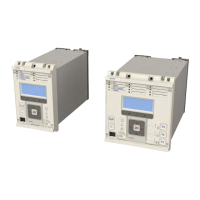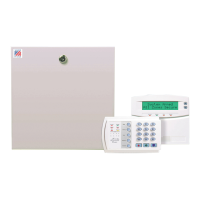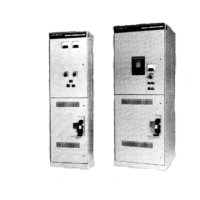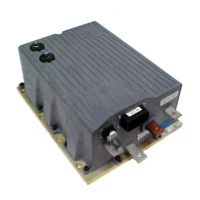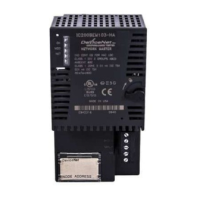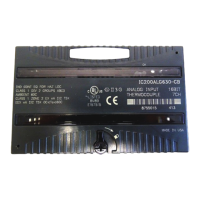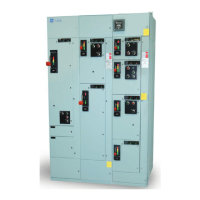3 UNDERFREQUENCY PROTECTION
A reduced system frequency implies that the net load is in excess of the available generation. Such a condition can
arise, when an inter
connected system splits, and the load left connected to one of the subsystems is in excess of
the capacity of the generators in that particular subsystem. Industrial plants that are dependent on utilities to
supply part of their loads will experience underfrequency conditions when the incoming lines are lost.
Many types of industrial loads have limited tolerances on the operating frequency and running speeds (e.g.
synchronous motors). Sustained underfrequency has implications on the stability of the system, whereby any
subsequent disturbance may damage equipment and even lead to blackouts. It is therefore essential to provide
protection for underfrequency conditions.
3.1 UNDERFREQUENCY PROTECTION IMPLEMENTATION
The following settings are relevant for underfrequency:
● S
tg (n) f+t Status: determines whether the stage is underfrequency, overfrequency, or disabled
● Stg (n) f+t Freq: defines the frequency pickup setting
● Stg (n) f+t Time: sets the time delay
3.2 UNDERFREQUENCY PROTECTION LOGIC
Stg 1 f+t Status
Stg1 f+t Trp
Stage 1
V00850
Freq
DT
Stg1 f+t Sta
&
Enabled
Under
Stg 1 f+t Freq
Adv Freq Inh
Freq Not Found
1
Averaging
V<B Status
Enabled
UV Block
1
Note: This diagram does not show all stages . Other stages follow similar principles.
Figure 112: Underfrequency logic (single stage)
If the fr
equency is below the setting and not blocked the DT timer is started. If the frequency cannot be
determined, the function is blocked.
3.3 APPLICATION NOTES
3.3.1 SETTING GUIDELINES
In order to minimise the effects of underfrequency, a multi-stage load shedding scheme may be used with the
plant loads prioritised and gr
ouped. During an underfrequency condition, the load groups are disconnected
sequentially, with the highest priority group being the last one to be disconnected.
The effectiveness of each load shedding stage depends on the proportion of power deficiency it represents. If the
load shedding stage is too small compared with the prevailing generation deficiency, then there may be no
improvement in the frequency. This should be taken into account when forming the load groups.
P24xM Chapter 11 - Frequency Protection Functions
P24xM-TM-EN-2.1 225

